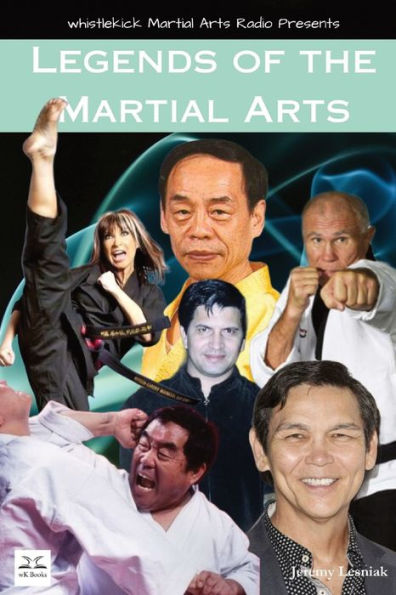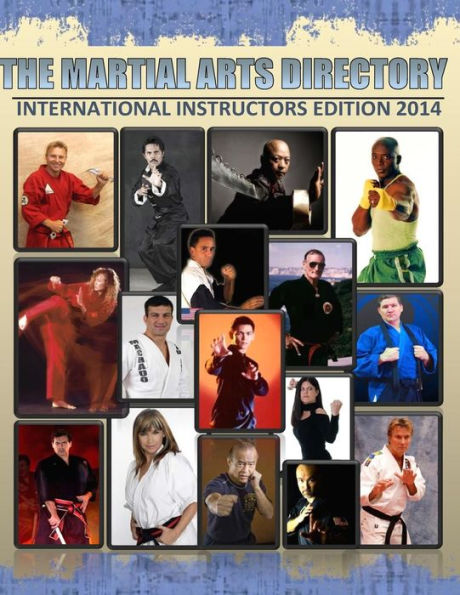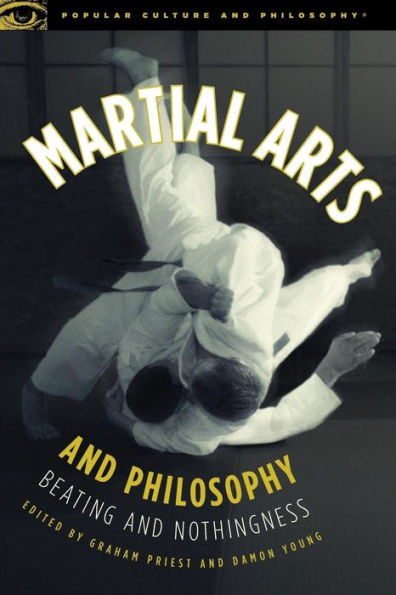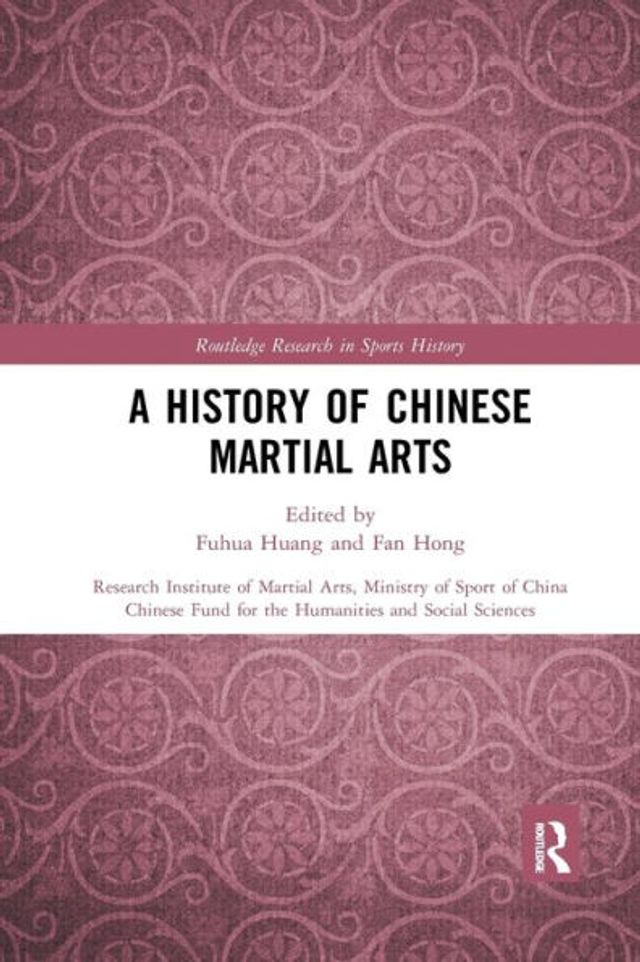Home
Biomechanics of Human Motion: Applications in the Martial Arts, Second Edition
Barnes and Noble
Biomechanics of Human Motion: Applications in the Martial Arts, Second Edition
Current price: $61.99
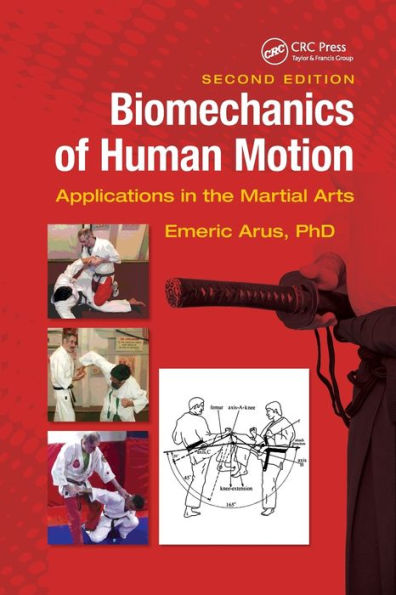

Barnes and Noble
Biomechanics of Human Motion: Applications in the Martial Arts, Second Edition
Current price: $61.99
Size: OS
Loading Inventory...
*Product information may vary - to confirm product availability, pricing, shipping and return information please contact Barnes and Noble
Biomechanics of Human Motion: Applications in the Martial Arts, Second Edition
, explores the biomechanical principles of nine different forms of martial arts, with specific attention paid to their anatomical features. Within this examination, Professor Arus highlights the use of energy and force especially in
Kyusho-Jutsu
. Whereas the first edition provided an in-depth explanation of the Aikido techniques of
Kokyu-ryoku
, the second edition focusses specifically on the grabbing and liberation techniques used in
. Such an examination stresses the importance of vital points, "finger manipulation", and their co rresponding emphasis on energy usage. As Professor Arus details throughout
Biomechanics of Human Motion, Second Edition
, knowledge of this form of pressure point maneuvering is useful in both attack and counterattack situations, especially since the martial artist’s anatomo-physiological adaptation to effort represents the most significant development in fighting regimens. The second edition also includes a discussion of the
katana
. Professor Arus notes that defense against the
is nearly impossible, describing the three major steps used in Japanese (
Ma
). It is customary in Aikido to defend against a wooden sword. By using a wooden sword, an Aikido Master’s demonstration is pre-determined. Techniques to defend against these demonstrations are discussed throughout the book. Finally, various attack and defense techniques using pressure points are also explained in
.
, explores the biomechanical principles of nine different forms of martial arts, with specific attention paid to their anatomical features. Within this examination, Professor Arus highlights the use of energy and force especially in
Kyusho-Jutsu
. Whereas the first edition provided an in-depth explanation of the Aikido techniques of
Kokyu-ryoku
, the second edition focusses specifically on the grabbing and liberation techniques used in
. Such an examination stresses the importance of vital points, "finger manipulation", and their co rresponding emphasis on energy usage. As Professor Arus details throughout
Biomechanics of Human Motion, Second Edition
, knowledge of this form of pressure point maneuvering is useful in both attack and counterattack situations, especially since the martial artist’s anatomo-physiological adaptation to effort represents the most significant development in fighting regimens. The second edition also includes a discussion of the
katana
. Professor Arus notes that defense against the
is nearly impossible, describing the three major steps used in Japanese (
Ma
). It is customary in Aikido to defend against a wooden sword. By using a wooden sword, an Aikido Master’s demonstration is pre-determined. Techniques to defend against these demonstrations are discussed throughout the book. Finally, various attack and defense techniques using pressure points are also explained in
.


